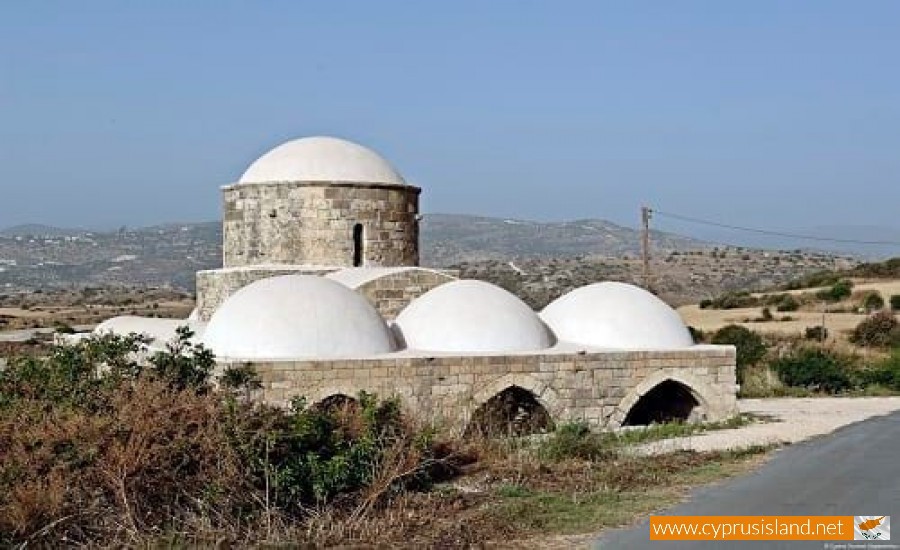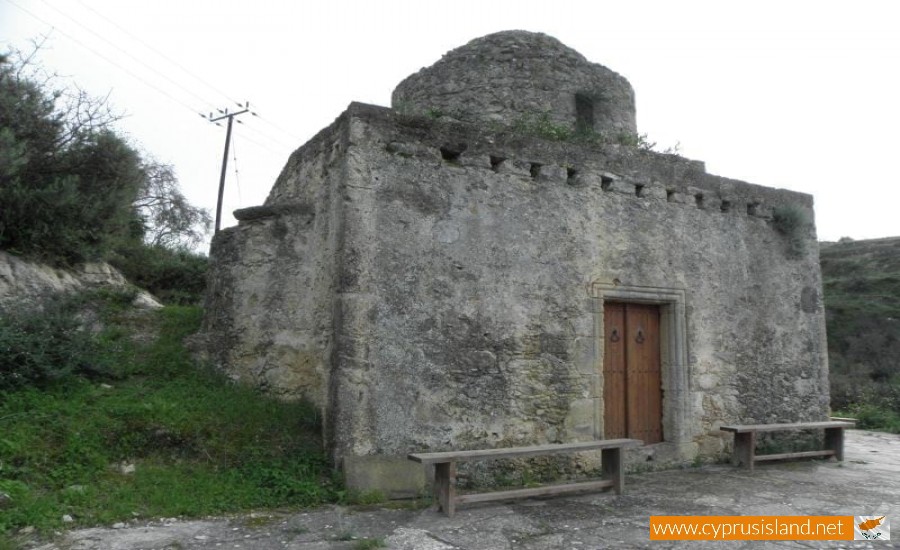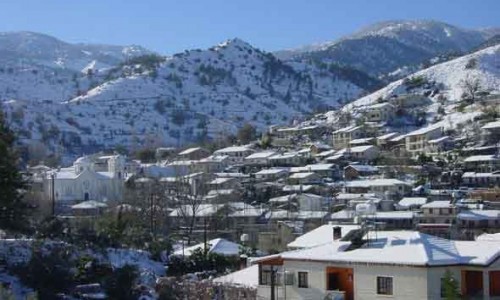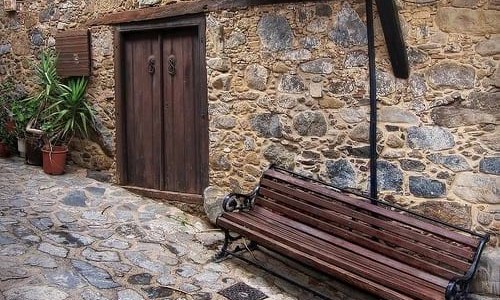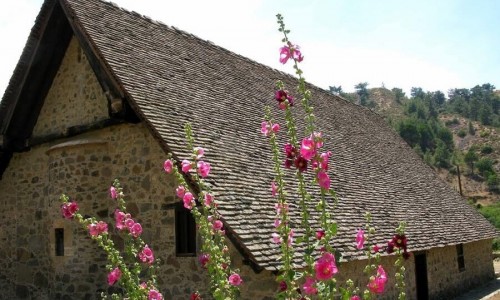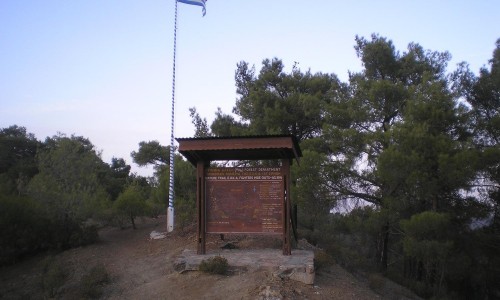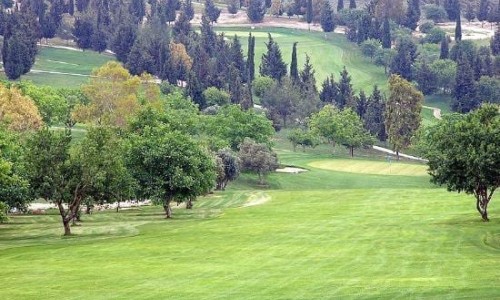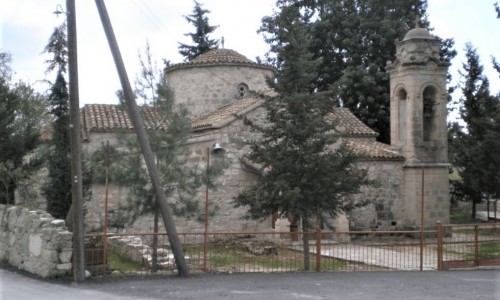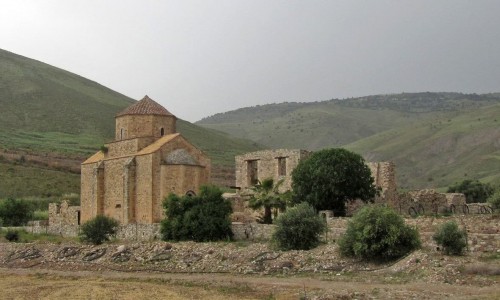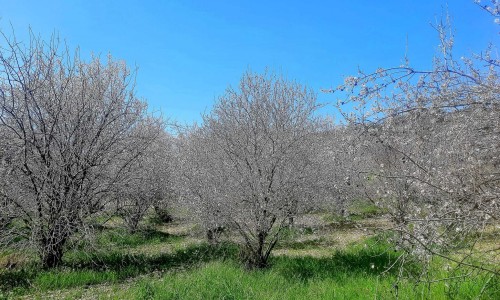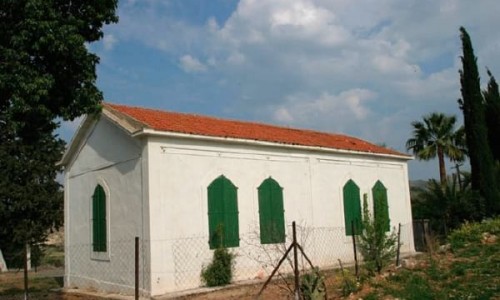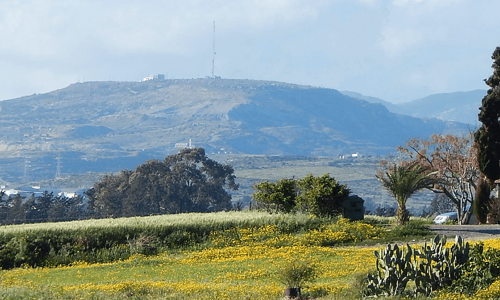Kritou Terra Village
Tucked away in the Laona region of northwestern Cyprus, Kritou Terra is a village that embodies the quiet, natural elegance of rural life. Nestled among verdant hills and nourished by perennial springs, this charming settlement invites visitors to slow down, breathe deeply, and connect with the island’s agricultural soul and timeless heritage.
At around 465 meters above sea level, Kritou Terra enjoys a unique microclimate—cooler and greener than many surrounding areas—which lends the village an enduring sense of vitality. Though small in size and population today, the village remains an extraordinary destination for those seeking authenticity, history, and natural beauty far from the tourist trail.
Nature's Blessing: A Land of Springs and Orchards
Unlike much of Cyprus, Kritou Terra is blessed with abundant water sources, including powerful springs like Kefalovrysos, which for centuries have fed not only the fields but the community itself. This life-giving water sustains an astonishing range of crops and vegetation. Fruit trees thrive here—walnut, almond, pomegranate, fig, orange, and apple—alongside endless rows of olive trees and grapevines.
As you walk through the village and surrounding hills, the air is filled with the scent of wild herbs and citrus blossoms. In spring, the landscape bursts into color with wildflowers carpeting the meadows and butterflies fluttering between the olive groves. It’s an environment that feels both cultivated and untouched—human hands working in harmony with nature.
A Village Built on Legacy
Kritou Terra is rich in stories, woven into the very stones of its narrow lanes and historic buildings. Once more populous and politically significant, the village has a proud heritage that belies its modern-day quietude.
It is the birthplace of several notable historical figures, including a highly influential dragoman (a diplomatic interpreter) of the Ottoman era, and an Orthodox Archbishop who helped shape religious life in Cyprus. These figures contributed not only to the island’s governance and spirituality but also to the architectural legacy still visible today.
Sacred Sites and Spiritual Layers
Kritou Terra is dotted with churches and chapels, some dating back hundreds of years, reflecting the deep-rooted Orthodox faith of its people.
Panagia Chryseleousa Church
At the heart of the village stands this early 19th-century stone church, an architectural treasure with an elegant triple-aisled design and beautiful iconostasis. Built with the support of a prominent local nobleman, the church has long been the spiritual center of the village and remains a place of pilgrimage for both residents and visitors.
Agia Aikaterini Chapel
Located just outside the village, this small, serene church is one of the oldest in the region. Combining Gothic and Byzantine architectural elements, it feels like a step back in time. It opens once a year for a feast day, and visiting it requires a short walk through olive groves and low-lying hills—a deeply atmospheric experience.
Other Chapels and Shrines
Throughout the village, you'll find over a dozen smaller chapels, each with its own story and local following. These humble structures—some built into hillsides or tucked away on quiet paths—offer a window into the deeply spiritual rhythms of rural Cypriot life.
Water and Industry: Echoes of the Past
Water shaped Kritou Terra’s past in more ways than one. At the village entrance, a majestic stone fountain built in the early 1900s still gushes with clean spring water. This was once the third-largest fountain in Cyprus, supplying the village and surrounding farms with vital irrigation.
Nearby is an old public washhouse, where generations of women once gathered to scrub clothes in carved stone basins—a place not only for chores but for stories, gossip, and communal bonding.
Scattered throughout the nearby hills are the ruins of fifteen watermills, a testament to the once-thriving grain and olive oil industries that helped sustain the village. Though most mills are now overgrown and quiet, they remain powerful markers of the community’s industrious past.
Kremmiotis Waterfall and Wild Trails
One of the village's best-kept secrets is the Kremmiotis Waterfall, a lush and shady haven about a 30-minute walk from the center. The trail to the waterfall winds through pine trees, bamboo, and ferns, with the sound of rushing water guiding you toward a secluded pool where the falls spill into a mossy ravine. It’s a perfect spot for a peaceful picnic or a moment of reflection, far from the buzz of the coastline.
Other nature trails around the village take visitors through small forests, past ancient ruins, and along the banks of seasonal rivers. Depending on the time of year, you may encounter blooming orchids, wild fennel, or even nesting birds native to the Mediterranean.
Cultural Tapestry: A Glimpse into the Village’s Social Life
While small, Kritou Terra has an impressive cultural life. One of the more surprising buildings in the village is the former Ottoman-era casino, possibly the first of its kind in Cyprus. Today, the building is being restored and repurposed as a cultural center. Inside, you’ll find rare 19th-century wall paintings depicting national heroes and folkloric scenes—proof of a community with a passion for storytelling and national identity.
Elsewhere in the village, local artisans and cultural groups are working to preserve traditional crafts, music, and culinary practices. Events tied to the church calendar, harvest festivals, and seasonal celebrations still bring the village together with music, food, and Cypriot hospitality.
A Warm Welcome in a Timeless Setting
Although Kritou Terra is not a large tourist hub, it offers authentic village stays through a few guesthouses and agrotourism lodges. Accommodations are simple but cozy, often located in traditional stone homes with terracotta roofs and vine-covered courtyards. Here, you’ll wake to the sound of roosters, sip your coffee in the morning sun, and feel truly connected to the rhythm of village life.
Local taverns and cafés offer homemade Cypriot dishes—wild greens, lentil soups, grilled halloumi, and seasonal pies—all prepared with love and local ingredients. A glass of village wine or zivania rounds out the experience, best enjoyed under a fig tree or by a crackling hearth.
Visiting Kritou Terra: Tips for Travelers
- Best time to visit: Spring and autumn offer the best weather for hiking, waterfall visits, and enjoying the village’s natural beauty.
- Getting there: The village is accessible by car, about 45 minutes from Paphos town. A scenic drive through vineyards and olive groves sets the tone for what’s to come.
- Pack walking shoes: The best parts of Kritou Terra—its trails, churches, and views—are best experienced on foot.
- Respect the quiet: This is a peaceful village with few full-time residents. Greet locals, support the small shops, and enjoy the tranquil atmosphere.
Kritou Terra: A Journey into the Soul of Cyprus
Kritou Terra is not a place of loud attractions or flashy entertainment. Its charm lies in its silence, its landscape, and the layers of human history carved into its stone buildings and flowing through its springs. It offers visitors something rare: a genuine connection to the land and the people who’ve lived here for centuries.
Whether you're exploring a shaded chapel, sipping water from an ancient fountain, or simply watching the sun dip behind the terraced hills, Kritou Terra has a way of making you slow down, listen, and feel more alive.


